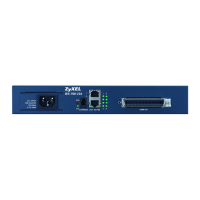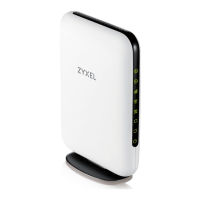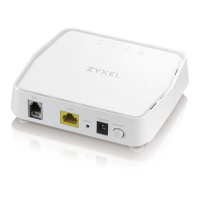USG FLEX H Series User’s Guide
137
CHAPTER 8
Routing
8.1 Policy and Static Routes Overview
Use policy routes and static routes to override the Zyxel Device’s default routing behavior in order to
send packets through the appropriate interface or VPN tunnel.
For example, the next figure shows a computer (A) connected to the Zyxel Device’s LAN interface. The
Zyxel Device routes most traffic from A to the Internet through the Zyxel Device’s default gateway (R1).
You create one policy route to connect to services offered by your ISP behind router R2. You create
another policy route to communicate with a separate network behind another router (R3) connected
to the LAN.
Figure 100 Example of Policy Routing Topology
8.1.1 What You Can Do in this Chapter
• Use the Policy Route screens (see Section 8.2 on page 139) to list and configure policy routes.
• Use the Static Route screens (see Section 8.3 on page 144) to list and configure static routes.
8.1.2 What You Need to Know
Policy Routing
Traditionally, routing is based on the destination address only and the Zyxel Device takes the shortest
path to forward a packet. IP Policy Routing (IPPR) provides a mechanism to override the default routing
behavior and alter the packet forwarding based on the policy defined by the network administrator.
Policy-based routing is applied to incoming packets on a per interface basis, prior to the normal routing.

